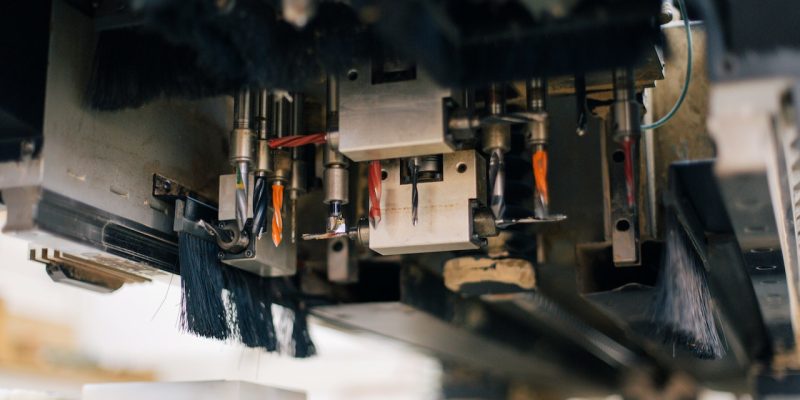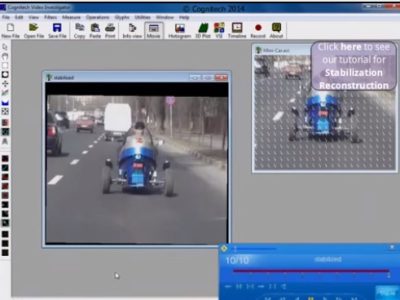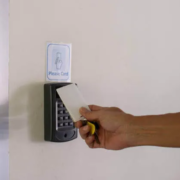Bridge girder drilling machines are specialized equipment used in the construction and fabrication of bridge girders. These machines are designed to drill precise holes in the girders, ensuring the proper alignment and connection of various components. In this article, we will explore the functionality and significance of bridge girder drilling machines, shedding light on their key features and the wide range of applications they serve.
Introduction to Bridge Girder Drilling Machines
- Definition and Purpose:
Bridge girder drilling machines are heavy-duty devices that play a crucial role in the construction of bridges. They are utilized to drill holes in bridge girders, which are the main horizontal supports that carry the weight of the bridge deck and distribute it to the piers or abutments. These machines are essential for creating accurately positioned holes that allow for the secure attachment of bolts and other connecting elements during the bridge assembly process.
- Key Features and Components:
The key features of a bridge girder drilling machine include a sturdy frame, a movable drilling head, and advanced control systems. The machine’s frame is engineered to withstand the high forces generated during the drilling process, providing stability and precision. The drilling head can be adjusted to accommodate various girder sizes, and it is equipped with multiple drilling spindles for simultaneous hole drilling, reducing processing time.
Modern bridge girder drilling machines often incorporate CNC (Computer Numerical Control) technology, enabling operators to program drilling patterns with precision. This automation streamlines the drilling process, ensures consistent hole placement, and minimizes human error, making bridge construction more efficient and reliable.
Advantages and Applications of Bridge Girder Drilling Machines
- Streamlining Bridge Construction:
One of the significant advantages of using bridge girder drilling machines is the streamlining of bridge construction projects. These machines significantly reduce the time required for drilling holes in girders, speeding up the entire bridge assembly process. The accurate hole placement facilitated by the machines ensures that all connecting elements fit perfectly, enhancing the overall structural integrity of the bridge.
Moreover, the use of bridge girder drilling machines reduces the reliance on manual labor, leading to cost savings and increased productivity. With precise drilling and automated processes, the likelihood of errors is minimized, resulting in higher-quality bridges that meet safety and regulatory standards.
- Versatility in Fabrication Projects:
Aside from bridge construction, bridge girder drilling machines find applications in various fabrication projects. They are used to drill holes in large steel or metal girders that are utilized in the construction of buildings, industrial structures, and other infrastructure projects. The versatility of these machines allows them to handle a wide range of girder sizes and material types, making them indispensable tools in the fabrication industry.
Additionally, bridge girder drilling machines can be adapted for custom drilling patterns, catering to specific project requirements. This flexibility allows fabricators to create complex designs and configurations, providing solutions for various structural challenges.
Conclusion
Bridge girder drilling machines stand as vital assets in the construction and fabrication of bridges and other large structures. Their precision, automation, and versatility significantly contribute to the efficiency and reliability of bridge construction projects. Moreover, their application extends beyond bridges, serving as essential tools in the fabrication industry for various structural projects. As technology continues to advance, bridge girder drilling machines will continue to play a pivotal role in shaping the infrastructure and architectural landscape, providing safe and robust structures that stand the test of time.












Comments